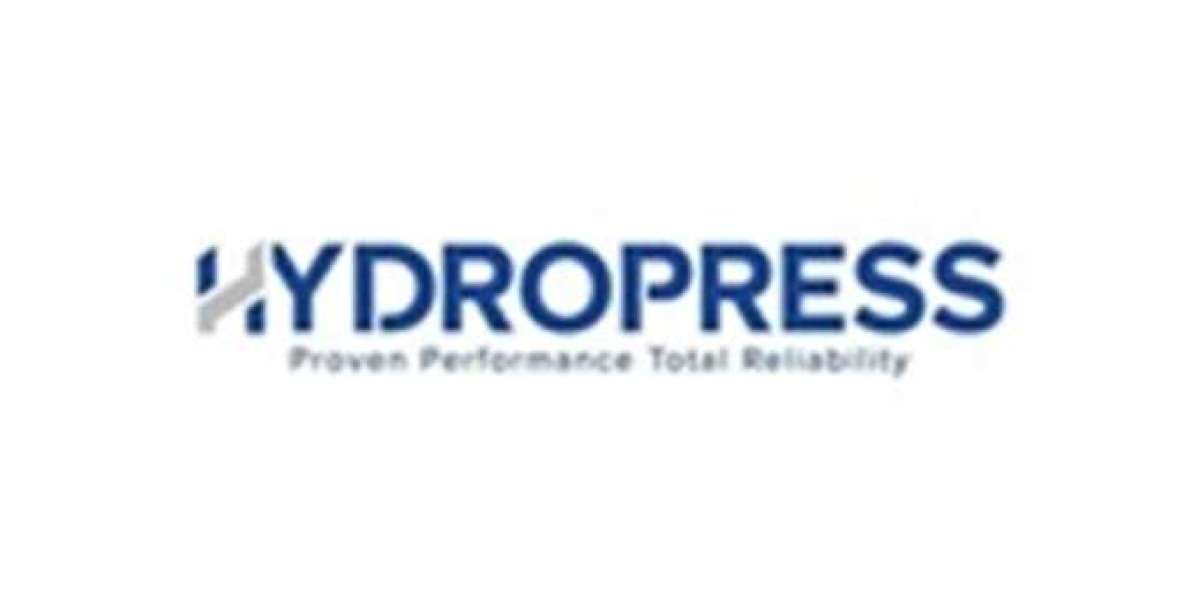Egg powder is becoming increasingly popular in the food industry due to its long shelf life, ease of storage, and versatility. It can be used in various sectors such as cooking, baking, and even cosmetics. For entrepreneurs, starting an egg powder manufacturing plant can be a profitable venture, but it requires careful planning, significant investment, and a good grasp of the production process. This guide will walk you through the essentials of setting up an egg powder plant and the costs involved.
What is Egg Powder?
Egg powder is produced by dehydrating fresh eggs into a fine powder, while retaining most of the nutritional value of whole eggs. There are two primary types: whole egg powder (which includes both yolk and whites) and egg white powder. These are widely used in food manufacturing—especially in products like baked goods, pasta, sauces, and even beauty products.
The ability to store and transport egg powder easily makes it highly attractive to large-scale consumers, including restaurants, bakeries, and food production facilities. Additionally, its longer shelf life reduces spoilage and waste compared to fresh eggs, which contributes to its growing popularity.
Why Start an Egg Powder Manufacturing Plant?
The demand for convenient, ready-to-use food products is on the rise, and egg powder fits perfectly into this trend. Businesses in the food industry—such as hotels, restaurants, and packaged food producers—frequently use egg powder due to its versatility and ease of use. Its longer shelf life, transportability, and lack of refrigeration needs make it a desirable ingredient for bulk buyers.
Starting an egg powder manufacturing plant allows you to tap into this growing market. Not only can you serve local businesses, but you can also target international markets where processed egg products are in high demand. With the right strategy, you could grow a highly profitable business.
Steps to Set Up an Egg Powder Manufacturing Plant
Setting up an egg powder plant involves several key steps, each vital to ensuring the product's quality and consistency.
- Sourcing Fresh Eggs
First, you need to establish a steady supply of fresh eggs from reliable farms. The quality of your final product will depend on the freshness and quality of the eggs you use. - Washing and Sanitizing
Before processing, eggs must be thoroughly cleaned and sanitized to remove any dirt or bacteria. This is essential for maintaining food safety standards. - Egg Breaking
After cleaning, the eggs are cracked open by specialized machines that separate the yolks and whites. The shells are discarded, while the egg contents move to the next stage. - Filtering
The liquid eggs are filtered to remove any shell fragments or impurities. - Pasteurization
The filtered egg mixture is pasteurized to eliminate harmful bacteria, ensuring the final product is safe for consumption. - Drying
Using spray-drying technology, the liquid eggs are dehydrated until the moisture content drops below 5%, converting them into powder form. - Cooling and Packaging
After drying, the egg powder is cooled to prevent clumping. It is then packed in airtight containers to preserve its freshness and extend its shelf life.











